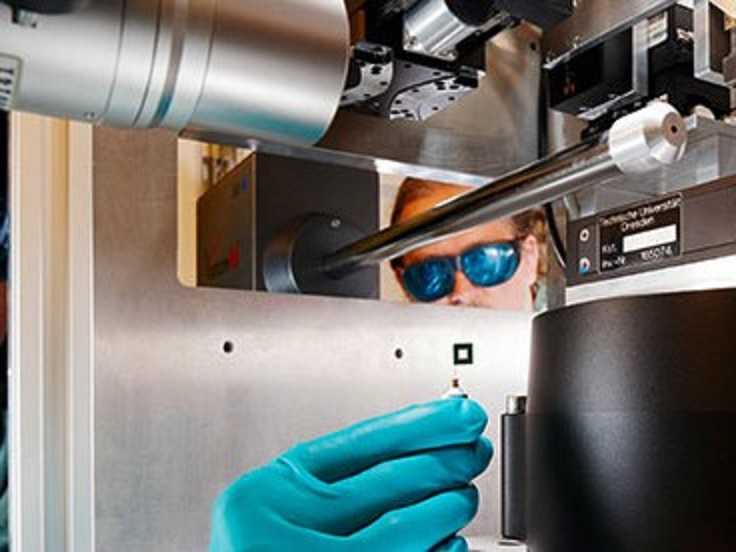Giant X-ray accelerator solves chocolate ‘fat bloom’ mystery. Scientists have used a 2.3 kilometre long X-ray particle accelerator to discover the structural changes that cause ‘fat bloom’, the unsightly white layer that can form on the surface of chocolate. Fat bloom forms when liquid fats migrate from the inside of chocolate to its surface.
The longer chocolate is stored and the higher the storage temperature, the more likely it is to occur. Although it doesn’t affect the quality of chocolate, fat bloom is an expensive problem for producers, as it causes retailers to reject stock and numerous consumer complaints.
Scientists from the Hamburg University of Technology (TUHH), Deutsches Elektronen-Synchroton (DESY) and Nestlé used the world’s largest ring-based X-ray particle accelerator PETRA III, in Hamburg, Germany, to shine brilliant X-rays through chocolate and capture the resulting images.
On a nanometre scale, these show how fats migrate to the surface of chocolate. By analysing these images the team says it can help manufacturers develop methods to reduce fat bloom.

















